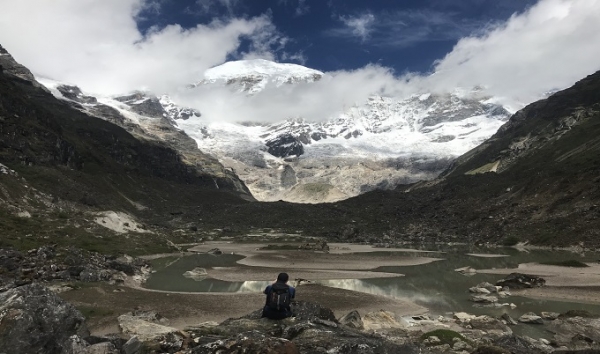An international team of scientists led by Newcastle University has produced the first global assessment of areas at greatest risk of Glacial Lake Outburst Floods and identified priority areas for mitigation.
As the climate gets warmer, glaciers retreat and meltwater collects at the front of the glacier forming a lake. These lakes can suddenly burst and create a fast-flowing Glacial Lake Outburst Flood (GLOF) that can spread over a large distance from the original site – more than 120 km in some cases. GLOFs can be highly destructive and damage property, infrastructure, and agricultural land and can lead to significant loss of life.
The number of glacial lakes has grown rapidly since 1990 as a result of climate change. At the same time, the number of people living in these catchments has also increased significantly.
Read more at: Newcastle University
A glacial lake in front of Jomolhari, Bhutan, held in by a moraine dam. (Photo Credit Dr Rachel Carr)


